The Ultimate Guide to Mastering 3D Home Rendering Techniques for Stunning Real Estate Visuals
In the competitive world of real estate, captivating visuals are essential for attracting potential buyers and showcasing properties effectively. According to a recent report by the National Association of Realtors, 83% of buyers believe that listing photos are a crucial factor in their home search. This emphasizes the significance of high-quality visuals in real estate marketing. One of the most transformative tools at your disposal is 3D home rendering, which allows for the creation of stunning, lifelike representations of properties. As digital technology continues to evolve, 3D home rendering not only enhances presentation quality but also enables potential buyers to visualize spaces more effectively. With the right techniques and understanding of this powerful tool, real estate professionals can elevate their listings, create immersive experiences, and ultimately drive sales.
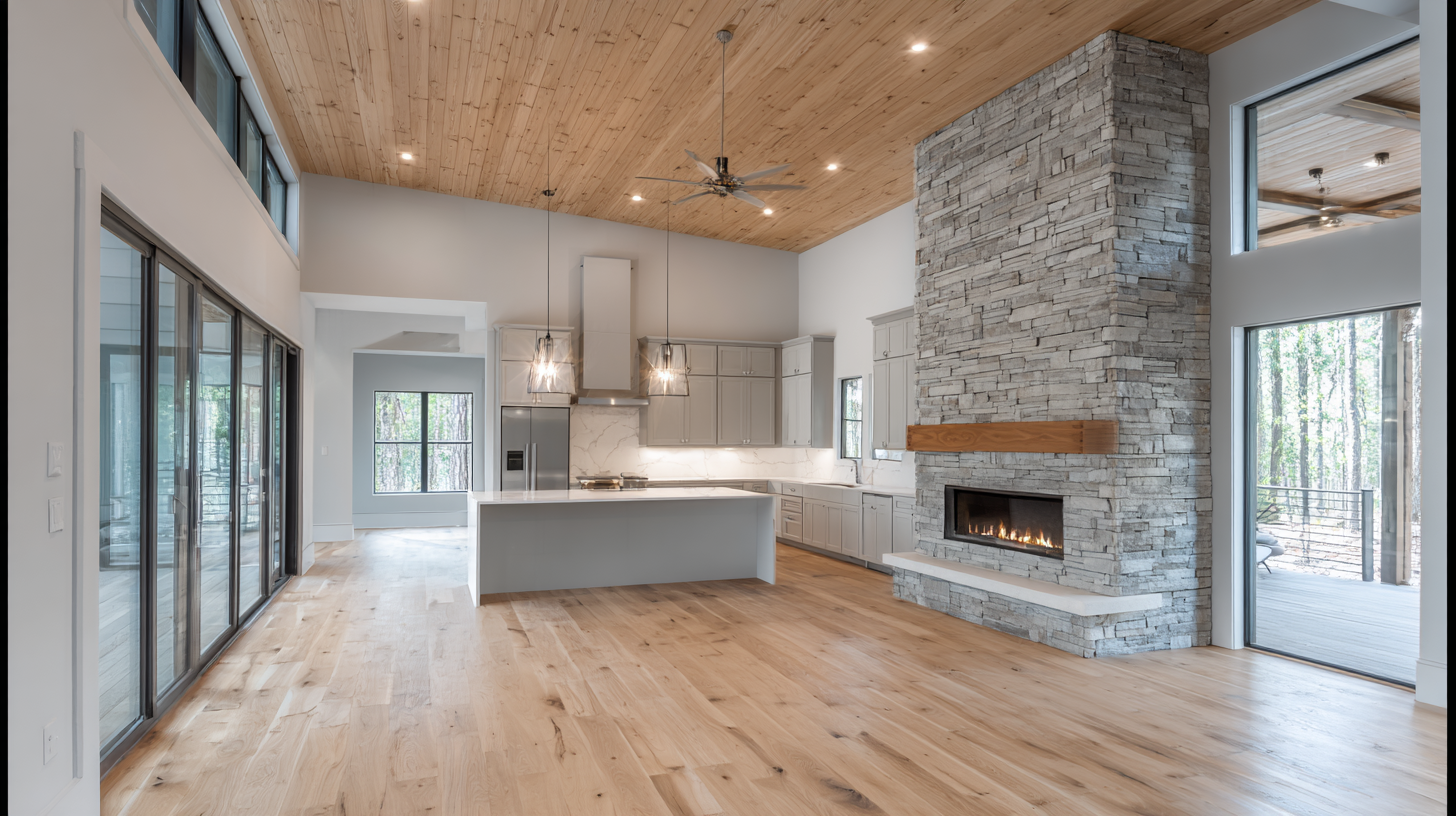
Essential 3D Rendering Techniques for Real Estate: A Comprehensive Overview
In the competitive world of real estate, captivating visuals can make all the difference in attracting potential buyers. Mastering essential 3D rendering techniques is crucial for creating stunning representations of properties. One fundamental technique is physically-based rendering (PBR), which simulates real-world lighting conditions. By accurately depicting materials such as wood, glass, and metal, PBR enhances the realism of the visuals, making properties more appealing to viewers.
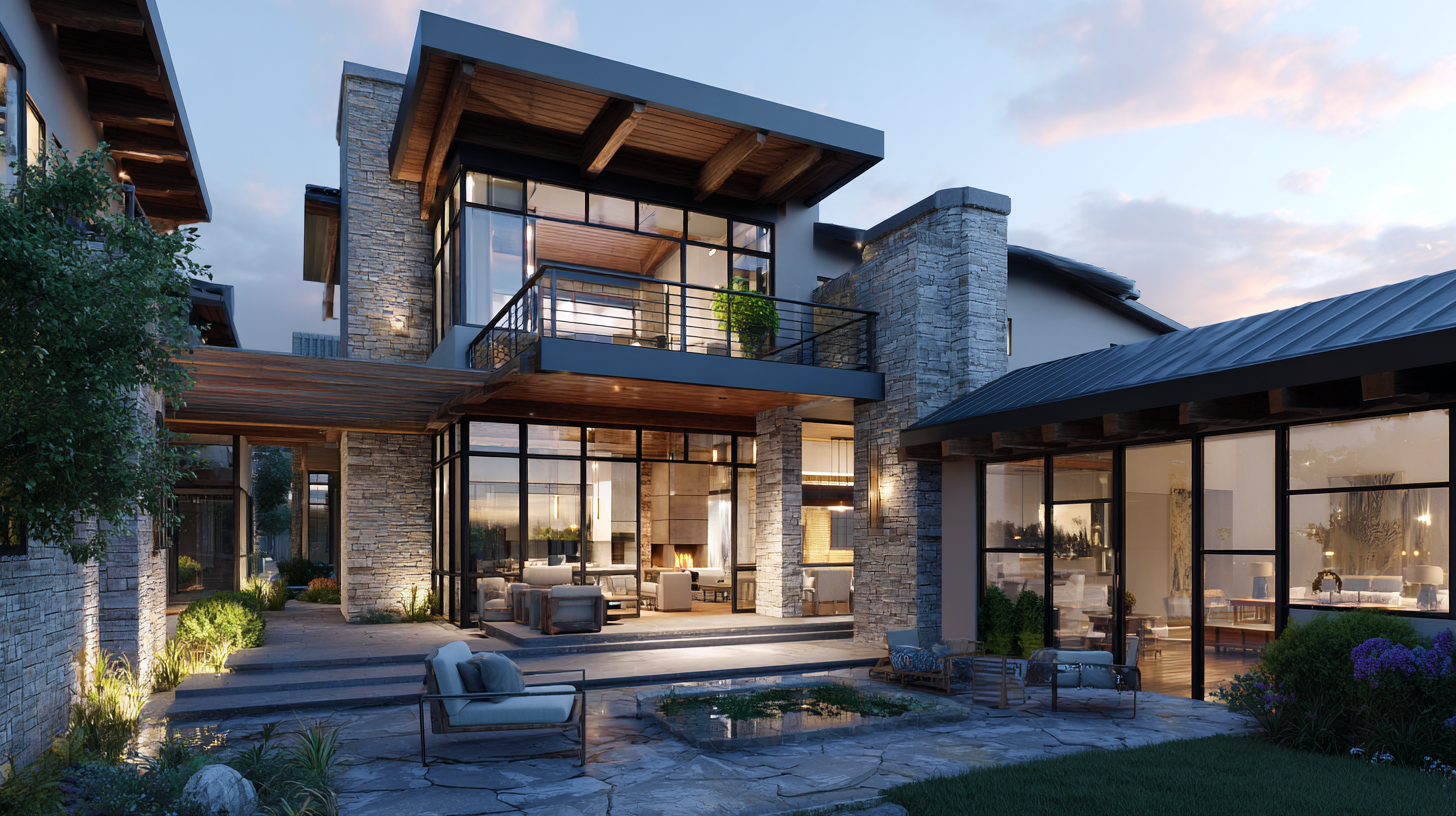
Another significant technique is the use of virtual staging. This involves digitally furnishing and decorating empty spaces to allow potential buyers to envision themselves in the home. By combining accurate furniture models with realistic lighting and shadows, virtual staging transforms empty listings into inviting, well-designed spaces. Additionally, incorporating 360-degree virtual tours can provide an immersive experience, allowing viewers to navigate through the property at their own pace, which significantly increases engagement and interest. By integrating these essential 3D rendering techniques, real estate professionals can create compelling visuals that not only attract but also resonate with potential buyers.
Key Software and Tools for Effective 3D Home Rendering in Real Estate
In the dynamic world of real estate, effective 3D home rendering has become essential for capturing potential buyers' attention. A variety of cutting-edge software and tools are now available that can significantly enhance the rendering process, allowing real estate professionals to create stunning visuals. Programs that focus on interior design and home visualization have undergone remarkable advancements, making it easier for users to transform ideas into realistic 2D and 3D representations. With many options accessible in 2025, selecting the right software can streamline the design process and ensure compelling presentations for properties.
As technology evolves, AI tools are leading the way in making design more accessible. These tools are not only helping designers generate innovative ideas but also automating planning tasks, enabling quicker turnarounds and improved client engagement. Free AI interior design generators are also gaining popularity, allowing DIY enthusiasts to experiment with space planning without significant investments. By leveraging these innovative solutions, real estate agents can provide potential buyers with immersive experiences that elevate property listings, ultimately driving sales and enhancing marketability in today's competitive landscape.
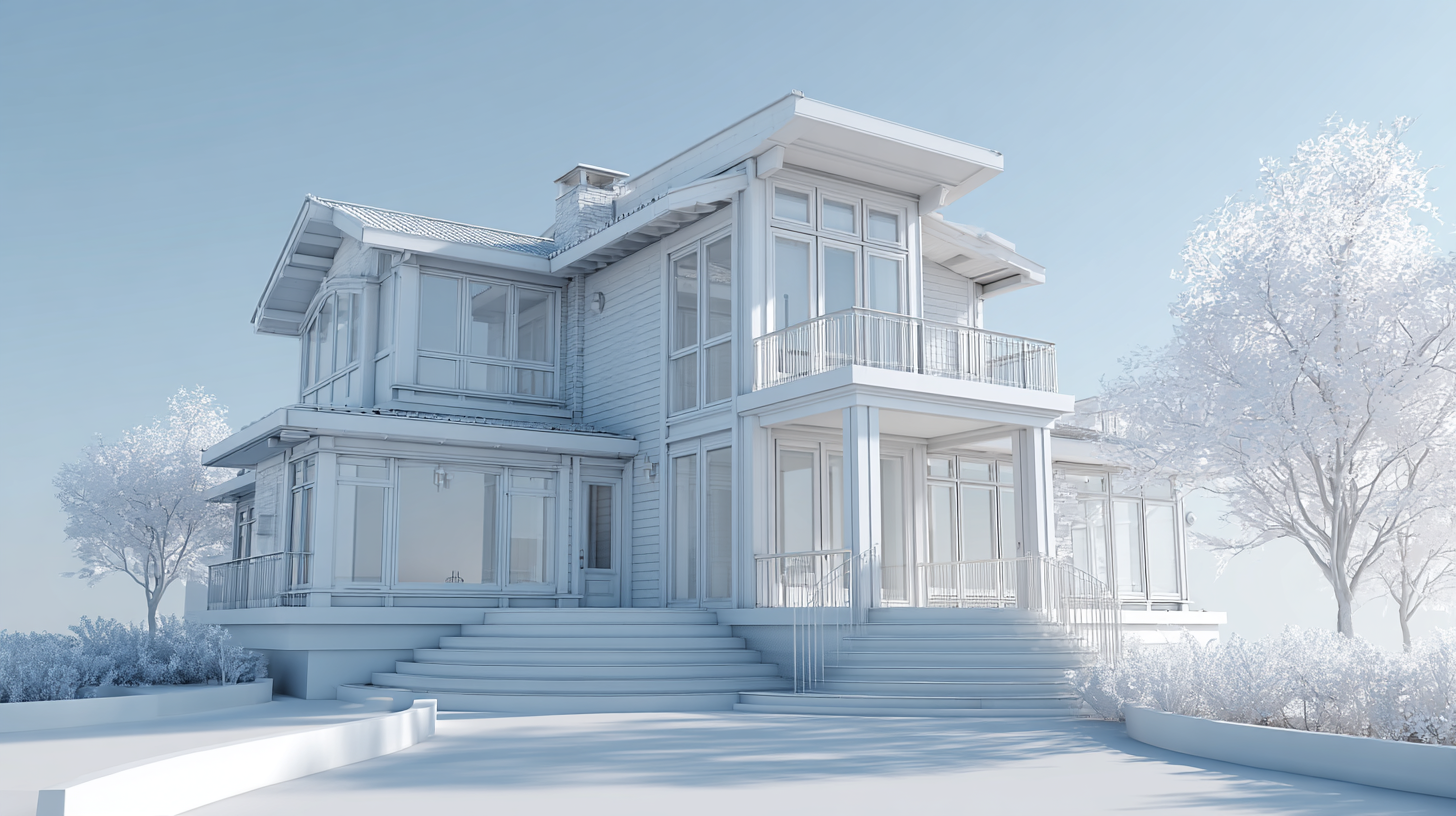
Understanding Lighting Effects: How to Achieve Realistic 3D Home Renders
Mastering lighting effects is crucial in achieving realistic 3D home renders that captivate potential buyers. Recent advancements in path tracing technology allow artists to simulate natural lighting conditions in real time. This process ensures that every shadow and highlight is rendered with photorealistic depth, making virtual environments almost indistinguishable from reality. As reported, the rise of AI-driven rendering techniques is streamlining workflows and enhancing the overall realism in 3D graphics, pushing the boundaries of what can be created in platforms such as Blender.
Tips for achieving stunning lighting effects include experimenting with different light sources and angles. Utilize area lights to create soft shadows, which can bring a warm ambiance to interiors. Additionally, consider incorporating environment lighting to mimic the natural light changes throughout the day, enhancing the visual narrative. A focus on surface imperfections and textures can further improve realism; using techniques like Gaussian Splatting helps in capturing the intricacies of real-world surfaces, transforming simple models into lifelike representations.
Creating cozy, inviting 3D environments requires attention to detail. Pay close attention to color palettes—warm tones can evoke a sense of comfort, while cooler tones may impart a more modern feel. Using realistic damage texturing techniques can also add character to models, making them more relatable to potential buyers. By mastering these lighting and rendering techniques, you can elevate your 3D home visuals, ensuring they stand out in a competitive real estate market.
The Importance of Textures and Materials in Creating Stunning Visuals
In the realm of 3D home rendering, the significance of textures and materials cannot be overstated. According to a report by the National Association of Realtors, nearly 90% of home buyers surveyed expressed that high-quality visuals impact their purchasing decisions. Textures and materials breathe life into a rendering, ensuring that potential buyers can visualize themselves in the space. Utilizing high-resolution textures for walls, flooring, and furniture not only enhances realism but also allows for emotional connections to be formed with the property.
Tip: When selecting textures, consider the material's physical properties, like reflectivity and roughness, as they influence how light interacts with surfaces. A polished marble floor will reflect light very differently than a matte wood finish, creating distinct atmospheres in your renderings.
Additionally, the use of materials like fabrics and finishes can dramatically improve the overall quality of a scene. Research shows that including detailed textures in 3D models can increase viewer engagement by up to 30%. By focusing on realistic texturing techniques—such as displacement mapping and bump mapping—renderers can create more visually appealing and intricate designs that capture buyer attention effectively.
Tip: Always leverage a variety of material libraries and reference images to ensure a comprehensive representation of textures, as this will enhance the authenticity of your visual presentations.
Best Practices for Presenting 3D Renderings to Attract Potential Buyers
In the competitive landscape of real estate, presenting 3D renderings effectively can make a significant difference in attracting potential buyers. The use of high-quality visuals not only showcases the property's features but also allows buyers to envision themselves in the space. To achieve stunning 3D renderings, it's essential to employ best practices that enhance the visual appeal and engagement. This involves utilizing advanced rendering software and paying attention to lighting, textures, and color schemes, which can make a property stand out.
Moreover, the context in which these 3D visuals are presented can amplify their impact. Incorporating them into virtual tours or social media campaigns can leverage their potential even further, creating an immersive experience for potential buyers. By embracing innovative techniques, such as interactive 3D models, real estate professionals can foster deeper emotional connections with their audience. As generative AI continues to evolve, integrating such technology into the creation and presentation of renderings can streamline the process, though it raises important discussions about the balance between automation and the unique human touch in real estate marketing.
Related Posts
-
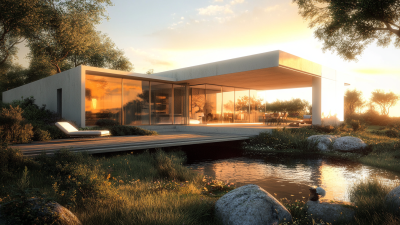
Ultimate Guide to Choosing the Best Architectural Rendering for Your Projects
-
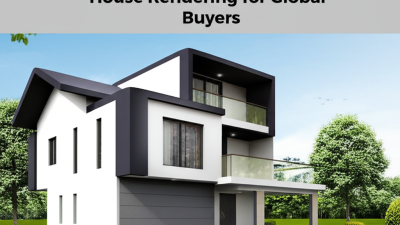
Advantages of Utilizing Best 3D House Rendering for Global Buyers
-

5 Key Benefits of 3D Home Rendering for Your Next Construction Project
-
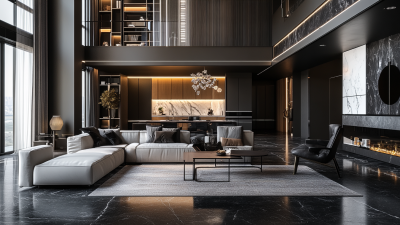
Top 10 3D Interior Rendering Manufacturers from China at the 137th Canton Fair
-

How to Elevate Your Project with Stunning 3D Architectural Rendering Techniques
-

7 Effective Tips for Boosting Your Exterior Rendering Projects Using Digital Technology Insights


